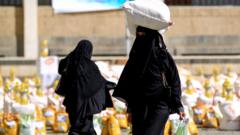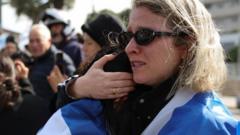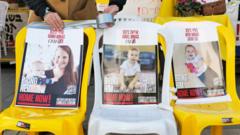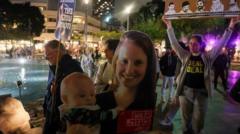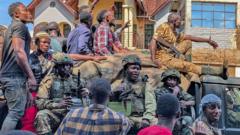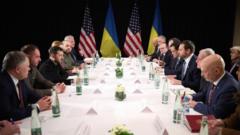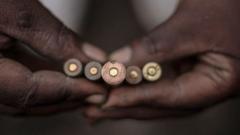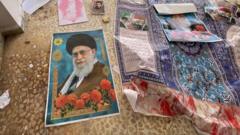As the deadline for Israeli withdrawal passed, troops are still positioned at five strategic hilltops along the border. This move contradicts the ceasefire agreement established after prolonged conflict with Hezbollah, as Lebanon demands full withdrawal.
Israeli Forces Maintain Strategic Positions in Southern Lebanon Amid Deadline End
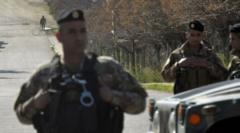
Israeli Forces Maintain Strategic Positions in Southern Lebanon Amid Deadline End
Israeli troops remain in southern Lebanon at key locations despite officially pulling out, escalating tensions with the Lebanese government.
Israeli forces have returned to strategic locations in southern Lebanon, despite officially withdrawing from most towns and villages. This development follows the expiration of a deadline for withdrawal that was part of a US- and France-brokered ceasefire, which ended a 13-month conflict with the Lebanese militant group Hezbollah.
The ongoing presence of Israeli troops at five critical hilltops along the border has sparked contention, with the Lebanese government condemning the action as a violation of the truce agreement. The truce called for a complete Israeli withdrawal and the removal of Hezbollah’s influence in southern Lebanon, while also enabling the Lebanese army to reclaim the territory.
On the ground, Lebanese soldiers have begun to move into the areas previously occupied by Israeli forces. Residents, returning to their war-torn neighborhoods, are attempting to salvage what remains of their homes, displaying the yellow Hezbollah flag and images of the group's late leader Hassan Nasrallah. Many locals express despair over the destruction, with families struggling to find remnants of their lives amid the rubble.
The ceasefire agreement also allowed for Israeli forces to delay withdrawal initially set for 60 days, which recommended a full troop pullback by 26 January. However, Israeli officials have justified their continued presence as a "temporary" necessity for security, particularly in the aftermath of violent escalations that have occurred since the heightened conflict began with an unprecedented Hamas attack on Israel on 7 October 2023.
The death toll from the recent hostilities has seen significant casualties on both sides, with Lebanese authorities reporting over 3,960 fatalities, primarily among civilians, while Israeli counts document losses of approximately 80 soldiers and 47 civilians. As displaced populations begin to return, the situation remains precarious, eliciting concerns over the possibility of renewed conflict in the region.
The ongoing presence of Israeli troops at five critical hilltops along the border has sparked contention, with the Lebanese government condemning the action as a violation of the truce agreement. The truce called for a complete Israeli withdrawal and the removal of Hezbollah’s influence in southern Lebanon, while also enabling the Lebanese army to reclaim the territory.
On the ground, Lebanese soldiers have begun to move into the areas previously occupied by Israeli forces. Residents, returning to their war-torn neighborhoods, are attempting to salvage what remains of their homes, displaying the yellow Hezbollah flag and images of the group's late leader Hassan Nasrallah. Many locals express despair over the destruction, with families struggling to find remnants of their lives amid the rubble.
The ceasefire agreement also allowed for Israeli forces to delay withdrawal initially set for 60 days, which recommended a full troop pullback by 26 January. However, Israeli officials have justified their continued presence as a "temporary" necessity for security, particularly in the aftermath of violent escalations that have occurred since the heightened conflict began with an unprecedented Hamas attack on Israel on 7 October 2023.
The death toll from the recent hostilities has seen significant casualties on both sides, with Lebanese authorities reporting over 3,960 fatalities, primarily among civilians, while Israeli counts document losses of approximately 80 soldiers and 47 civilians. As displaced populations begin to return, the situation remains precarious, eliciting concerns over the possibility of renewed conflict in the region.

